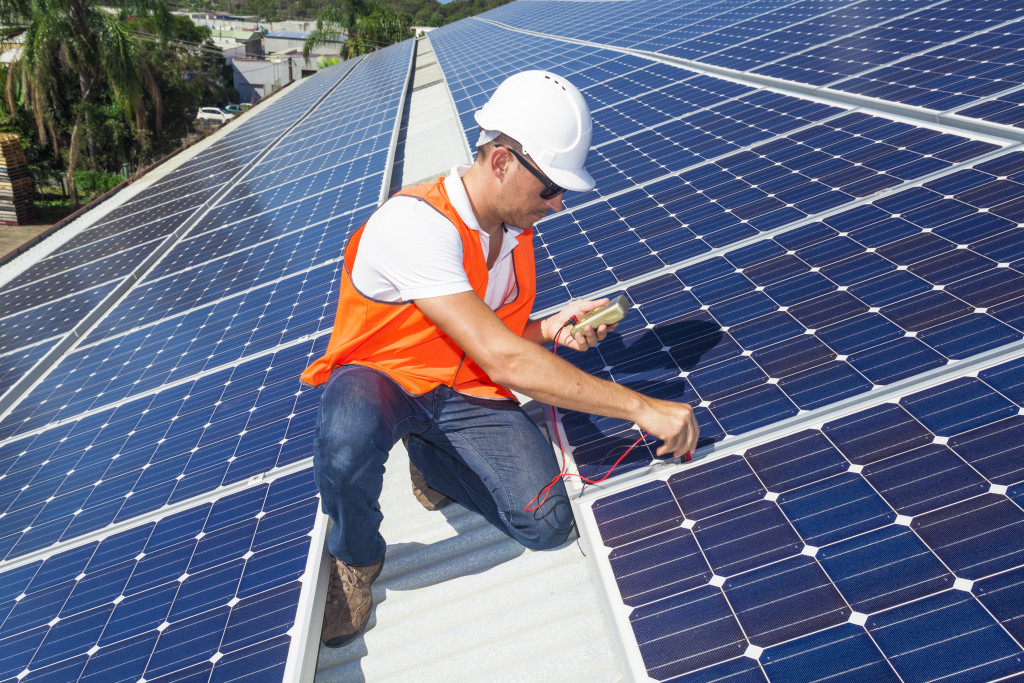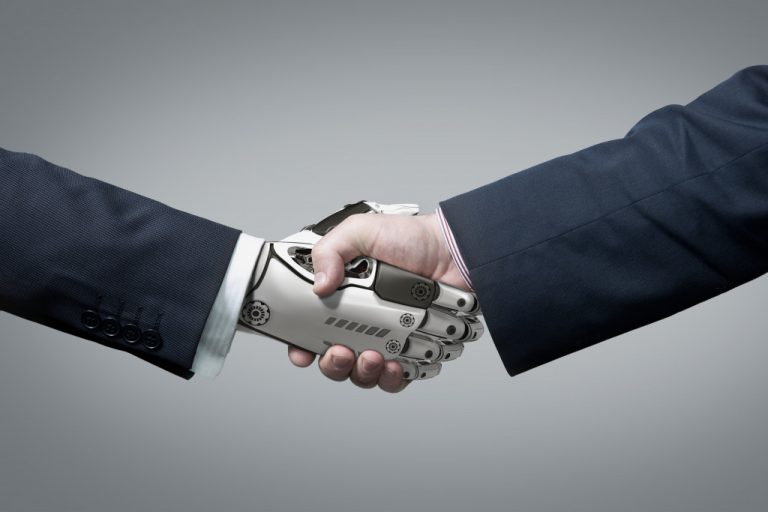Almost every aspect of our life has been influenced by the Internet of Things (IoT). But what impact does it have on our day-to-day activities? It also gives businesses the flexibility to be more adaptable. Without software, Internet platforms, and interconnectedness like we’ve never seen before, this would not have been possible. All sectors are rapidly evolving, including commercial HVAC. You may be interested in the rapidly shifting environment if you own or work in the HVAC industry. Let’s dive into some trends.
Advanced Sensors and Controls
Today’s construction methods are different from the methods used by structures in the past. Since many builders and architects are using “green” thinking, a considerable increase in smart grids, controls, and detectors has occurred, which helps decrease electricity expenses. Besides temperature control, property owners can also regulate humidity levels and ventilation. It’s all done on their computer, tablet, or smartphone, and this is achieved by autonomously linking them via Wi-Fi, providing rich feature sets. Because of this, landlords, building owners, building owners, and property management technicians may now easily monitor and regulate the building’s environment.
Durable nameplates help technicians identify components, specifications, and source parts for repairs and service requests. This enables them to perform various tasks such as identifying spare parts rapidly, scanning parts, documenting service and maintenance, and managing change requests. With specific modern HVAC systems, the software can identify problems and resolve them promptly. This is one of the major trends that HVAC companies take into consideration.
Better Air Quality
Air filtration features are something that homeowners will never get weary of having since they desire to breathe fresher, cleaner air in their houses. Debris, dust, grime, and other contaminants can be removed from the air by air conditioning units equipped with effective filtration systems to improve indoor air quality. Even unpleasant smells can be removed using purifying filters, which are now included in certain modern versions. Aside from eliminating specific compounds such as methane and hydrogen sulfide, these sophisticated air filters can also remove pollen, germs, and pathogens from the air.
Green Design
Buildings are increasingly being built with sustainability in mind, rather than the opposite. Green building design, green construction, and sustainable building design are used to describe a new trend in the construction industry. The HVAC system is a critical component of sustainable building design since heating and cooling systems account for a significant portion of total building energy usage. Sustainable design has prompted architects to reimagine ventilation, relying on more organic airflow to decrease energy use and save expenses.
Furthermore, it can use alternative construction materials to maintain the building at a more consistent temperature, to begin with, thus minimizing the need for heavy HVAC, to start with. Heating, ventilation, and air conditioning systems in green architecture are likely to use renewable energy sources.
Renewable Energy

Solar heating and cooling systems can be placed in new buildings or converted into existing structures. These systems use solar panels to collect both heat and light energy from the sun, which are then converted into electricity. Thermal energy is used to heat fluid, typically a combination of water and coolant, which is then sent via a steam generator in a heating application. This results in the production of hot air, which heats the structure.
A solar-powered air conditioning system can be retrofitted into a current installation if it is already equipped with one. This means that solar energy is utilized to produce the electricity required to operate the system. Solar cooling systems are becoming more popular in new applications. In these setups, the air is cooled only by the evaporation of water that has been confined inside the system’s enclosure.
Artificial Intelligence
The industry is beginning to accept artificial intelligence (AI) and has plans to incorporate this technology into new developments. By anticipating when a repair is required, AI can help enhance energy efficiency and comfort. Intelligent systems will also detect the room temp and switch on when necessary or go into sleep mode if nobody is in the area. End-users will benefit from the combination of AI with Wi-Fi connections in air-conditioning systems and other products.
If you want to start looking into new HVAC solutions for your business, doing an energy audit is a fantastic way to start your research. These can be accomplished via energy auditing software, which evaluates how your building consumes energy. You can also consult with a specialist who will guide you through the auditing procedure. This information can assist you and your HVAC contractor in evaluating the existing choices and determining which ones best meet the requirements of your building.




